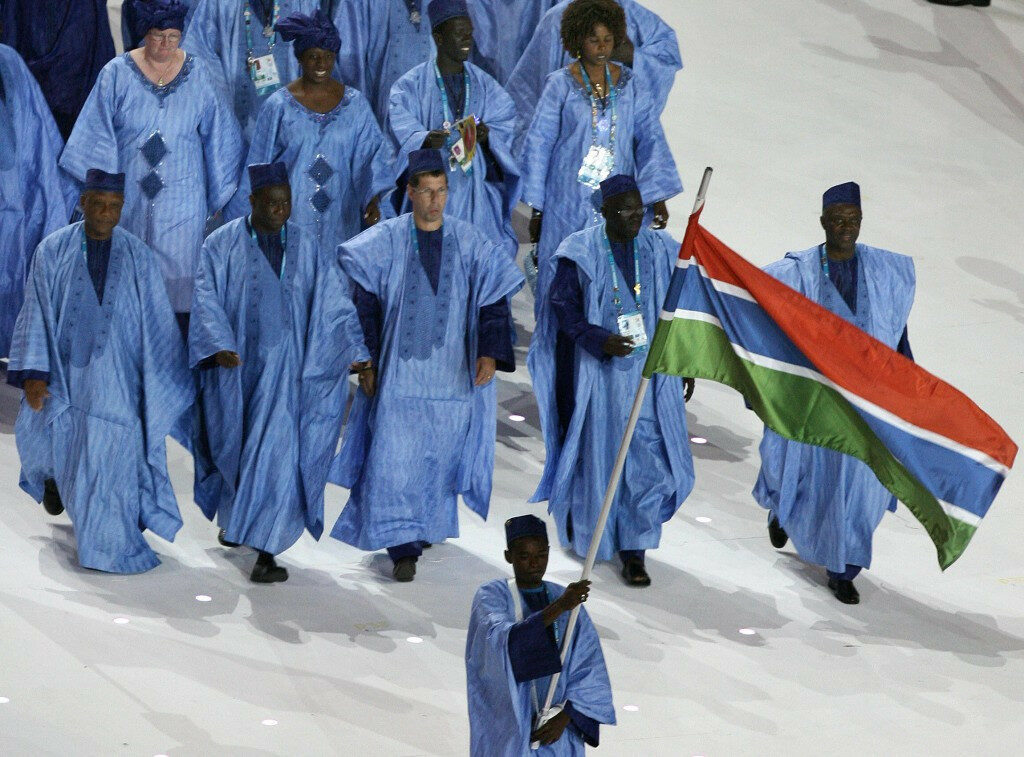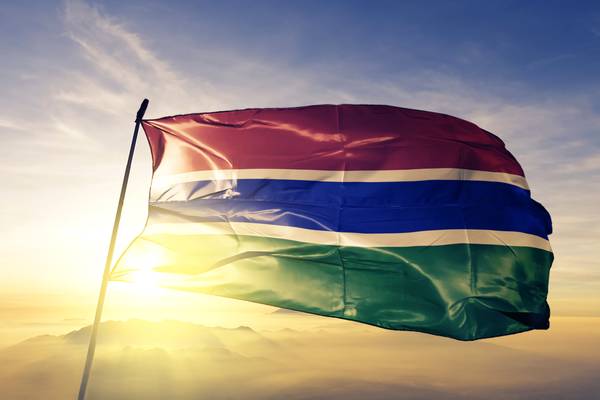
Why do we say The Gambia instead of Gambia? Where does the name Gambia come from? What’s the meaning behind the colours of the Gambia’s flag?
Test your knowledge of The Gambia with these interesting facts about the Smiling Coast of Africa.
A little taste of knowledge about this small country, we call The Gambia.
Our homeland is one of the only two countries in the world, to have their names beginning with ‘The’, the other is The Bahamas.
And just so we are not confused with that of Zambia, it gives us another reason to have ‘The’ in front of our name.
Similarly, the name ‘Gambia’ is taken from the Mandinka word Kambra/ Kambaa, which means the Gambia River. Now, you have a better idea of the origin of our beautiful name.

Having said that, there is a small need to also be informed about our flag and the meaning behind the colours. Four colours – Red,White, Blue,White and Green. The red symbolizes the sun, the blue a connotation to the River Gambia and the green; our precious land. Lastly, the white – to always live in peace and unity amongst our diverse people.
Out of 54 countries in the continent of Africa, The Gambia is the smallest country in mainland Africa, bordering the Atlantic Ocean and Senegal. A population of an estimated 2 million people, but do not be fooled by our size, we have big hearts, diverse cultures and tribes – we are the smiling coast of Africa.
Despite, the Official Language of The Gambia being English, the most predominant local languages are that of Mandinka, Wolof, Fula. Although the prevailing religion in the country is Islam, we do not officially follow Sharia law.
Amazingly, our capital is an Island (St Mary’s Island), officially called Banjul but it was once known as Bathurst.
To get to the capital, the mainland is connected to the Banjul area by a bridge. This just adds to our uniqueness as a country.
Now on to our historic sites, we have two UNESCO World Heritage sites. Firstly, James Island is the remains left behind during the period of encounters between Africa and Europe regarding the beginning of the slave trade and its abolition.

In addition, the Stone Circles of Senegambia located in Janjanbureh and in central Senegal signifies four main groups, Sine Ngayene, Wanar, Waasu and Kerbatch that cover 93 stone circle and numerous tumuli, burial mounds that have been backdated between the 3rd century BC and the 16th Century AD.
Agriculture is an important aspect of our economic growth, and we are known for exportation of groundnuts.
Our sunny and tropical seasons, makes The Gambia, a magnificent tourist destination for those that love enjoying the serene nature of the ocean.
By Fatou Mbenga











Recent Comments